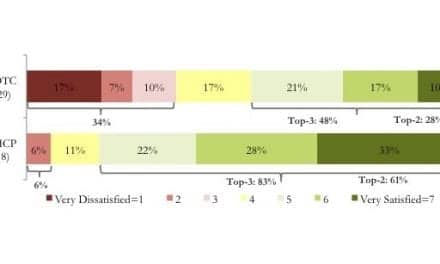Bethesda, Md— The National Institute on Deafness and Other Communication Disorders (NIDCD) has released its 2012-2016 Strategic Plan, which sets goals for hearing and balance research and funding for the next 4 years.
The NIDCD Strategic Plan serves four main purposes: First, it helps NIDCD to prioritize its research investment. Second, it informs the nation’s scientists of emerging areas of opportunity for research and provides them with guidance as they formulate their own research plans. Third, it informs those with hearing disorders and communication diseases, as well as the general public and advocacy organizations, 
Finally, the strategic plan shares research progress and areas of future research opportunity with the public and, of course, the universities and companies that develop hearing health solutions.
To develop the 2012-2016 plan, NIDCD convened a series of working groups and solicited input from scientific experts, the National Deafness and Other Communication Disorders Advisory Council, NIDCD staff, and the public. In consultation with communication research scientists and the public, NIDCD identified four Priority Areas:
- Priority Area 1: Understanding normal function
- Priority Area 2: Understanding diseases and disorders
- Priority Area 3: Improving diagnosis, treatment, and prevention
- Priority Area 4: Improving outcomes for human communication
The NIDCD’s executive summary of the plan, available for download, summarizes specific areas of research and goals under each priority area for hearing health and balance disorders, as well as other areas. The full strategic plan is also available for download.
SOURCE: National Institute on Deafness and Other Communication Disorders (NIDCD)




